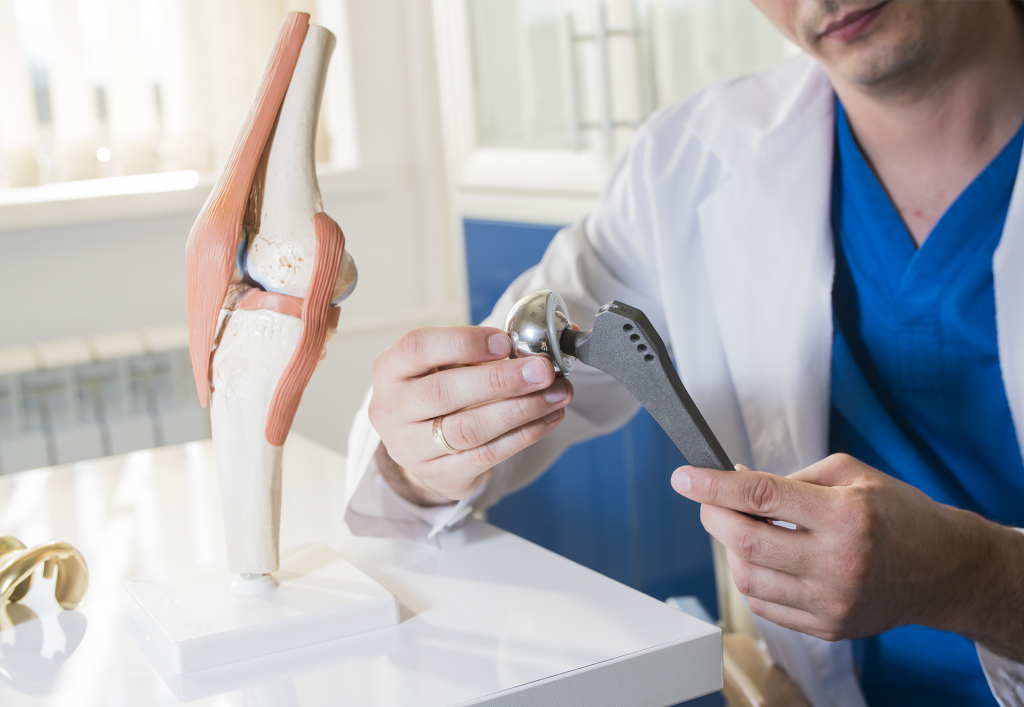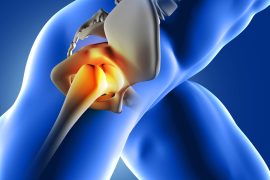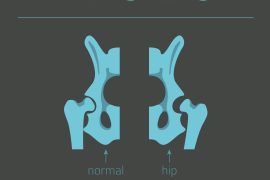Getting a hip implant is a huge boon for those whose lives have been significantly affected by hip trauma and arthritis. Millions of patients across the world have undergone this surgery and found a new lease on life. However, as with any surgery, apprehensions remain. Will it work for me or my loved ones? Will they or I be able to go back to our normal routines again? What are hip implants made of? While the previous two questions and many more have been or will be covered in our other blogs, this blog will focus on the last question, “What are hip implants made of?”
After all, a hip implant is likely to last for the patient for the next 15-20 years, which is a significant part of one’s life. Having a thorough knowledge of the entire process takes the fear of the unknown out of the picture, and helps the patient approach their surgery with an open mind.



So the question you must be asking yourself is that “Is a hip implant really necessary?” The answer to that differs from case to case. A THR is only recommended if the patient suffers from chronic hip pain that hinders their daily activities and is unabated by non-invasive therapies like weight reduction, physical therapy, and painkillers. Another factor that is considered is, if pain affects the patient’s ability to sleep.
So what will a Total Hip Replacement procedure entail?
In simple terms, a Total Hip Replacement procedure will consist of the following steps:
- The damaged ball of the hip joint is taken out and replaced with a metallic stem and is placed into the femur’s hollow center. This stem can be either cemented or press-fit into the bone.
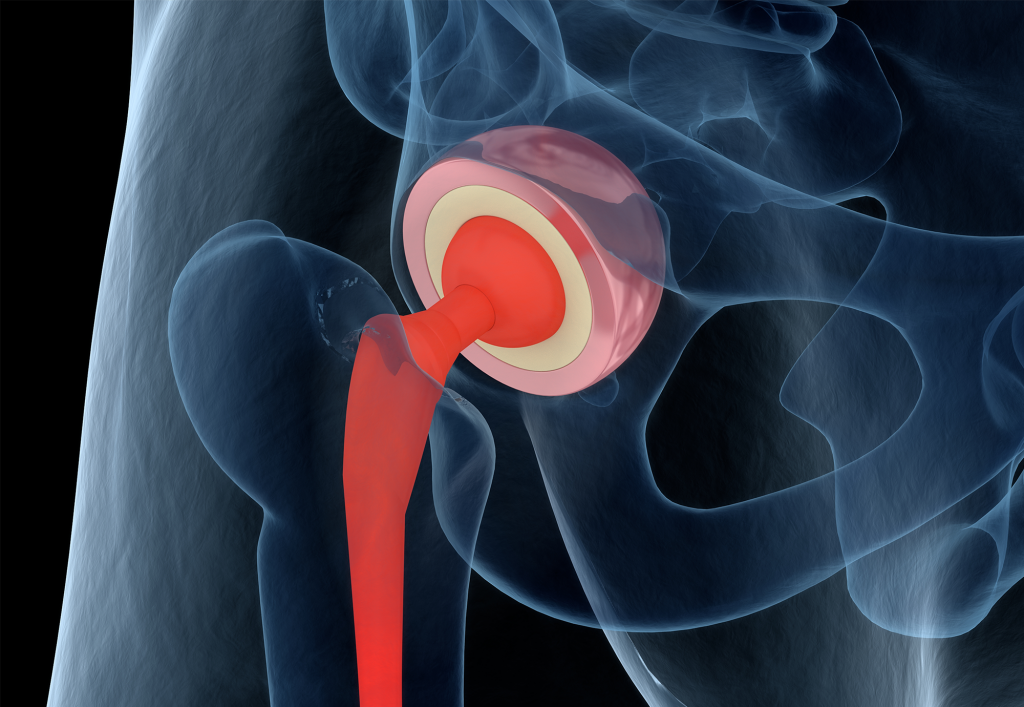


- A ceramic or metal ball is then positioned on the stem’s upper part. This serves as the replacement for the worn-out femoral head.
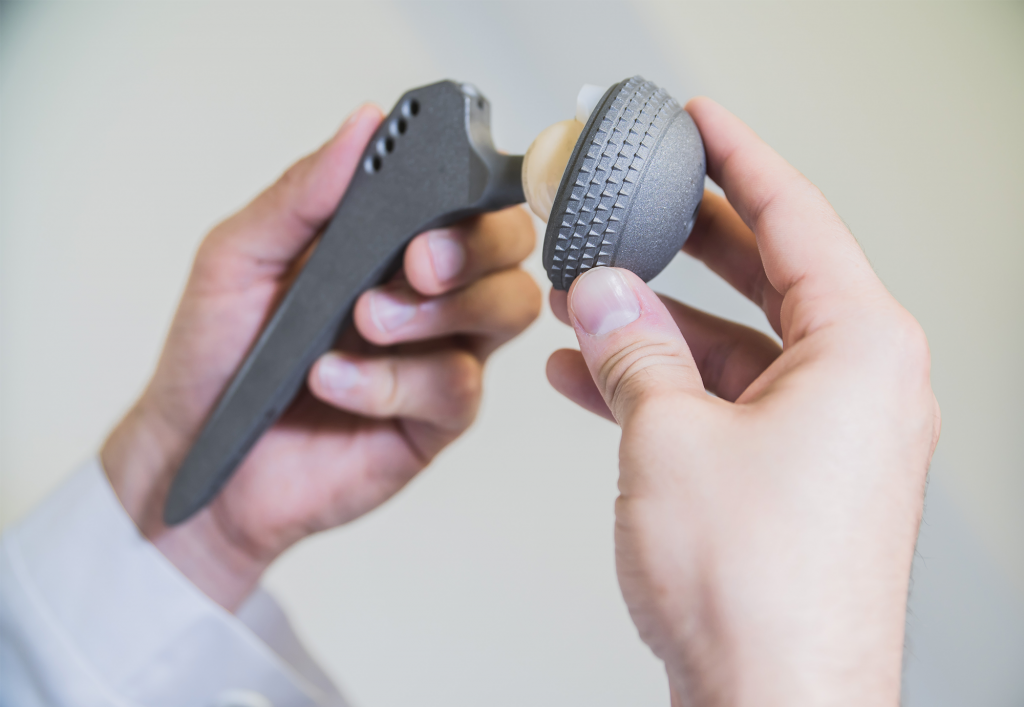


- The damaged cartilage surface of the socket is replaced and held in place with cement or screws.
- Finally, a metal or plastic spacer is positioned between the new implants to facilitate a smooth and frictionless movement.
To know more, click: (Video link)
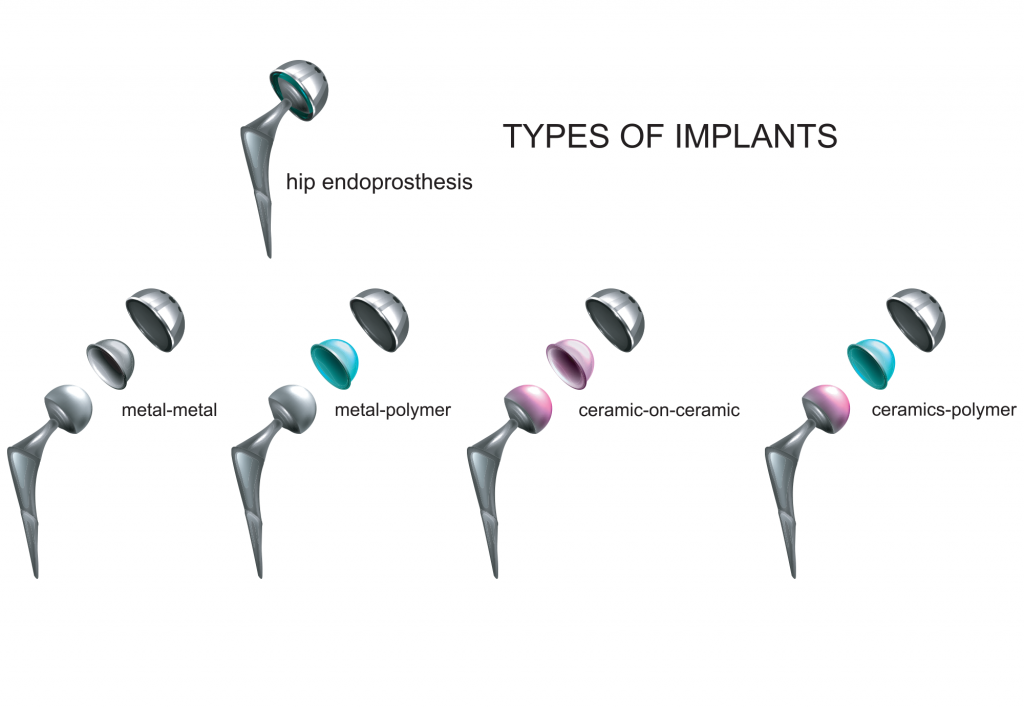


The final decision of which implant to use rests on the orthopedic surgeon.
However, the selection will take into account one’s level of activity, weight, age, lifestyle factors and most importantly, the extent of damage and the optimal fit. Each implant is different in its own way and thus, surgeons prefer to rely on 1-2 styles and brands depending on their practice and experience.



What makes for a good implant?
While each surgeon has their own reasons for preferring one implant over another, what they all look for in an implant are that it should:
Help the patient regain their usual activities and movement
Have expected durability of 15 to 20 years
Should have a good track record of minimum 5-10 years in Total Hip Replacement use
Meets the patient’s unique requirements and needs
A brand or a style that is familiar to them.
Depending on the patient’s need the surgeon may choose a press-fit or cemented implant.
Cemented Implant: The artificial implant is stuck to the natural bone with a quick drying cement.
Press-fit Implants: The preferred standard of care presently, press-fit implants allows the natural bone to grow and hold the implant in place.
What constitutes a hip implant?
While the natural hip joint has only two components, the ball and the socket, a Total Hip Replacement implant has four different parts.
1) Acetabular component (socket)– This is the part that makes up the socket portion of the new hip. The cup-shaped component is fit into the patient’s resurfaced socket. In traditional hip implants, this component is composed of metal but there are a few implants whose acetabular component is made of ceramic or a combination of plastic and metal.
2) Acetabular liner: This high-grade polymer or plastic liner fits into the acetabulum and permits the ball to glide normally in the socket.
3) Ball: This is the other main component of the hip joint and fits directly into the new plastic socket. The ball in a normal hip is the upper end of the femur. In an implant, the ball is attached to femur with the use of a femoral stem. Balls can be manufactured from metal, plastic, ceramic or even a combination of these materials. They come in different sizes and shapes to fit different patients.
4) Femoral stem: This is the part that attaches the ball to the femur. This component is especially important as it supports the entire joint. Usually made of a porous metal, the stem allows natural bone growth and facilitates attachment to this piece and replaces the thighbone.
What the implants made of?
Total Hip Replacement implants are composed of high-grade plastic polymers, metal, ceramic or a combination of them all. The femoral stem is usually made of titanium, titanium-cobalt alloy, stainless steel, cobalt-chromium alloy or other metallic alloys. The other components, on the other hand, can be composed of either metals, plastic or ceramic material or even a combination of these materials. The reason these metals are chosen is that they have been proven to be both strong yet flexible enough to allow regular movement. These materials also do not cause immune reactions in the patient’s body.
Depending on their composition, implants can be categorized as:
1. Metal on Metal/MOM in which both the ball and socket components are metallic in nature.
2. Polyethylene and Metal on Polyethylene (MOP): When the socket is made of plastic/polyethylene and the ball is metallic, it is termed as MOP.
3. Ceramic on Metal (COM), Ceramic on Polyethylene (COP) and Ceramic on Ceramic (COC): These are rare compositions and not preferred by many surgeons. These are usually used for patients who are allergic to metals.
Which material is better?
When it comes to implants, no material is significantly better than the other. The choice depends on surgeons and their assessment of their patient’s needs. For the longest time metal on metal Total Hip Replacement implants were thought to be the best. All this changed in 2010 with the Depuy metal implant debacle where it was found that the implants came with a high risk of metal poisoning. Many surgeons prefer titanium implants as they have a long record of proven effectiveness. As of now, metal on plastic and ceramic implants are the standards of care. The former is more preferred for aged patients, while the latter is more suitable for younger, more active patients.
When it comes to choosing the best material, both have their own pros and cons. While ceramic does not get as worn out as metal or plastic, they can develop cracks or break suddenly. However, these problems have been ironed out in the newer generation of implants that show fewer incidences like these. The main issue restricting the use of ceramic implants is that compared to metallic implants, fewer long-term clinical outcomes with ceramic implants are published.
It is normal to be a little apprehensive when faced with the prospect of having something semi-permanent implanted in one’s body. But the truth is that there is little to worry about. Total Hip Replacement is a common surgery with high rates of success. So go out there and get ready to get back on your feet!

